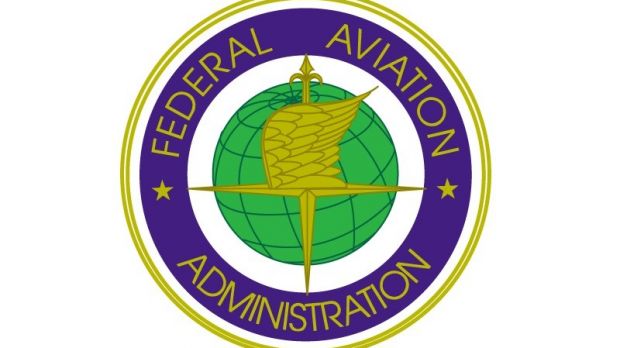2020. 2. 8. 23:47ㆍ카테고리 없음

- Windows Firewall Authorisation Drivers For Mac
- Windows Firewall Authorisation Drivers For Mac Free
- Windows Firewall Authorisation Drivers For Mac Os

Windows Firewall Authorisation Drivers For Mac
I found few concise resources on how to actually utilize some of the 'Advanced' features of the Windows Firewall with Advanced Security that have been available since mid 2009. As it turns out it's pretty easy to setup rules with scopes based on Kerberos authentication either in addition to or in lieu of conventional scopes based on IP address/subnet. This seems to be beneficial for preventing man in the middle attacks and can be especially useful on 'multi-tenant' networks where you may not be afforded network layer segmentation between servers and untrusted devices. Pre-requisites: -Active Directory Domain -Server with 2008 r2 or better -Clients with Windows 7 or better -An AD group containing all computer objects that you wish to permit connectivity from. In my case I'm allowing SMB/CIFS (Windows File Sharing) so I'm just enabling and modifying the pre-configured rules for TCP 445 and 139. This can apply to any port or service though. Once again this could be done locally or via GPO.
- I want to create a Windows Firewall inbound rule to allow an. It's not possible to do authentication by mac-address in windows firewall.
- Follow these steps to automatically repair Windows Firewall problems: Select the Download button on this page. In the File Download dialog box, click Run or Open, and then follow the steps in the Windows Firewall Troubleshooter.
Windows Firewall Authorisation Drivers For Mac Free

For the purposes of this write-up I'd just do it locally: -Launch 'firewall.cpl' and click 'Advanced Settings' -Click 'Inbound Rules' on the left -We'll be dealing with 'File and Printer Sharing (SMB-In)' and 'File and Printer Sharing (NB-Session-In)' for the purposes of this writeup. At this point any incoming requests on ports TCP 445 and 139 (Or whatever you setup) will be denied unless the source is an AD computer object listed on the 'Remote Computers' tab. This can be a useful tool to layer on top of appropriate address space scoped rules and NTFS/Share permissions. Address space scopes can be layered on top of the Kerberos authenticated scopes to give more granular exceptions (i.e. You must be this computer object AND you must be in this address space).
Windows Firewall Authorisation Drivers For Mac Os
Also, parallel/duplicate rules can be created on the same ports/services to allow trusted subnets without the need for authentication (i.e. You must be this computer object OR you must be in this address space).
In the event that a driver ends up being tainted it sometimes corrupt various other modules that happen to be in direct connection with it as a consequence may adversely change the functioning of a group of units which are thought to be unrelated to the principal location.
To be put into production the above likely will present a need to manage a group including all of the computer objects that you wish to allow to connect. Depending on how dynamic that is in your environment a power shell script running on a schedule to keep the group populated appropriately may be in order. But that's a topic for another How-to. To take this to the next level, if you have Server 2012+ and Windows 8+ clients you can enable and require SMB encryption: In a Powershell prompt run these two commands: Set-SmbServerConfiguration -EnableSMB1Protocol $false Set-SmbServerConfiguration –EncryptData $true Then in step 10 select the 'Require the connections to be encrypted' radio button.